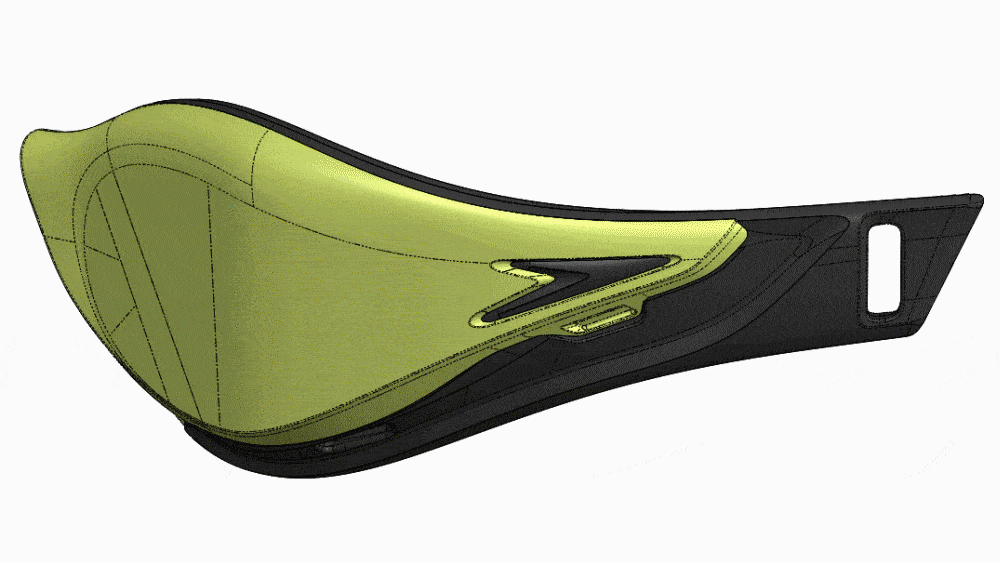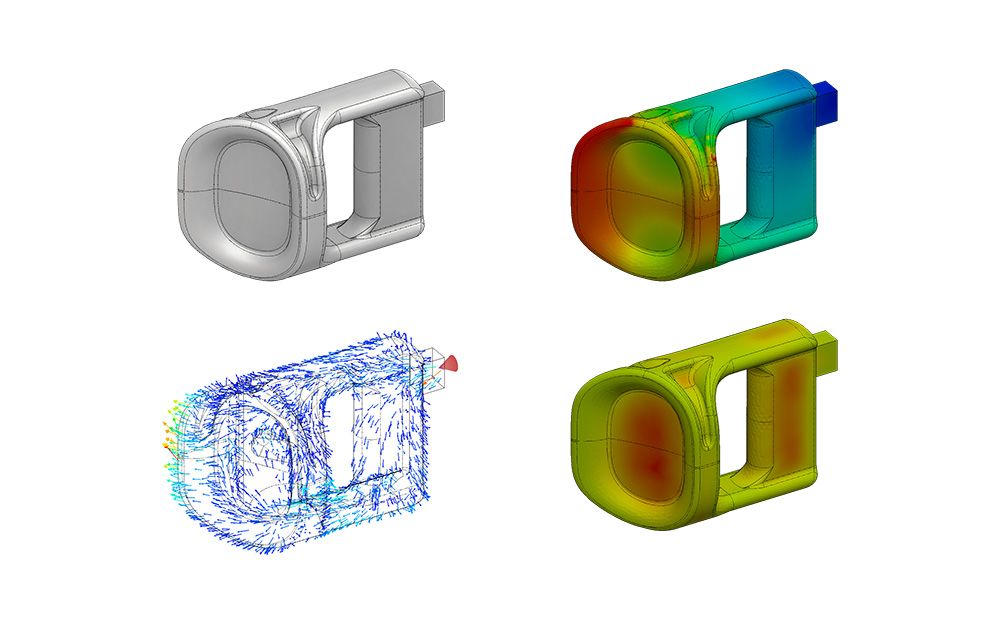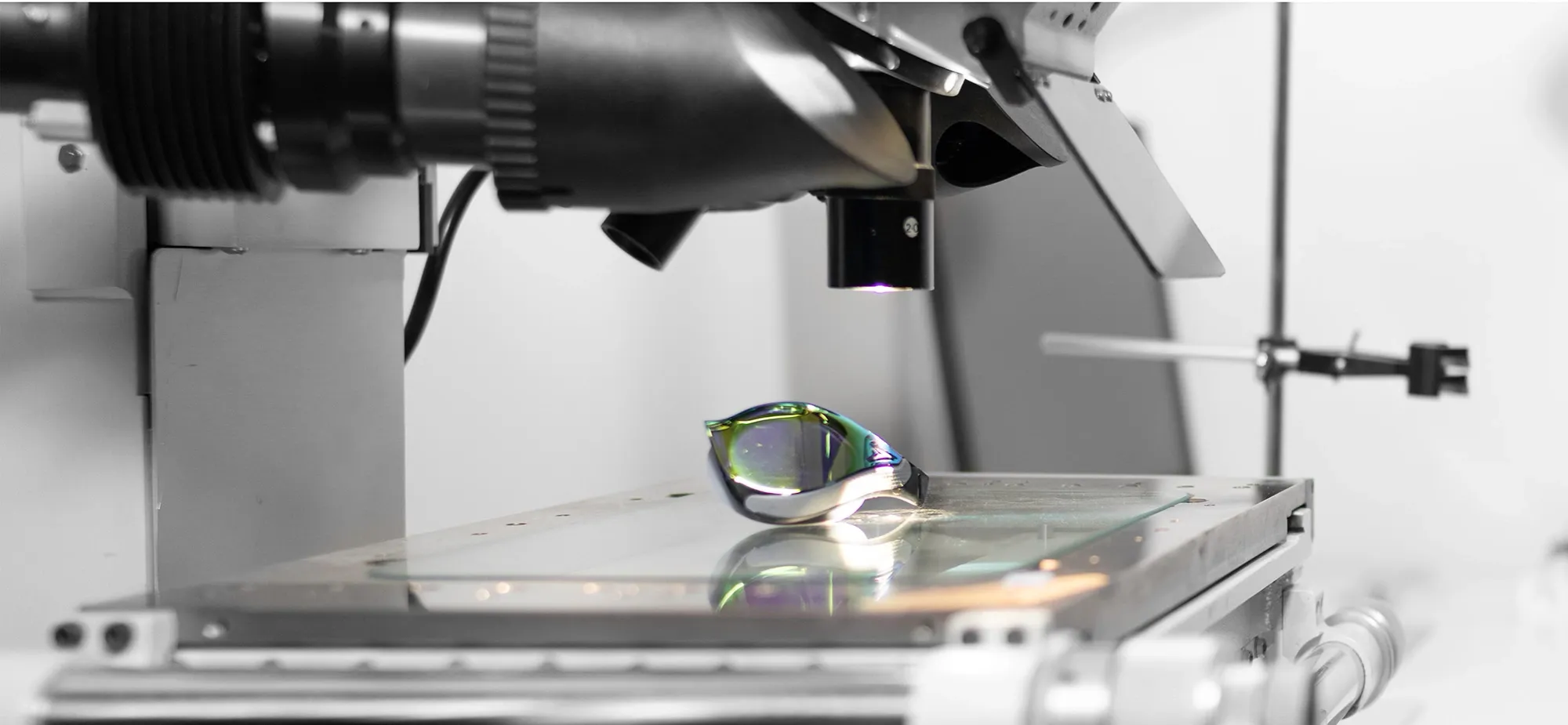At Raymont-Osman, we pride ourselves in our specialism in plastics innovation. As a team, we have a vast portfolio of design and manufacture using a range of plastics, giving us the edge when it comes to determining the material make-up of your product.
Plastics are not only a versatile material allowing it to be used for a range of uses but it is also has benefits in terms of sustainability. The plastics industry is working on a range of initiatives to reduce energy, increase recycling and prevent litter and single use. Raymont-Osman is at the forefront of current practice and technology, with an eye to sustainability and responsible design whilst maintaining the integrity of your product. Through use of smarter plastics, enhanced manufacturing efficiency and a reduction of single-use plastics, we aim to combine award-winning design with social conscience.
Who says that great design needs to cost the earth?
We can also use this software to generate drawings and export 3D data to manufacturers. Click below to see more on design and development
Plastic Part Review
Should you require a comprehensive review of any plastic part, our team are able to assist – providing a total evaluation of your product’s manufacturability. Through use of our state-of-the-art mould simulation software our expert team will predict part quality and tool life, giving you piece of mind that the plastic parts you have selected stand up to your specification.
Contact us now to see how your plastics perform.
Injection Moulding
The most common process for manufacturing plastic parts, the injection moulding process involves injecting molten plastic into a mould cavity at very high temperature and pressure, where it then solidifies. Parts are then ejected and the process repeated, with the possibility of over-moulding using a different material (a Twin Shot System) or even over-moulded a second time (Triple Shot System).
Successful injection moulding requires meticulous design to minimise cost, maximise tool life and maintain part functionality. The addition of variables such as extra cores, collapsing cores and material shots has the ability to make the injection moulding process exponentially more complex. The team at Raymont-Osman possess extensive experience of designing the most complex moulding systems, including those involving designing triple shot moulds with several side cores and novel ejection systems. We also have a broad knowledge of injection moulding polymers; from the low cost of PET, the strength and low friction of POM to the high performance of engineering polymers such as PPS and LCP.


Vacuum Forming
Used to form a sheet of thin plastic over a single-sided mould, vacuum forming, as a method of plastic part manufacture, has proven benefits as a material for packaging and other large thin-walled products. Within our bespoke design studio, we are able to iterate vacuum formed products with incredible rapidity using our own Vacuum Former and 3D printer in-house, thus shaving valuable time and cost off the design and manufacturing process of your product.
Blow Moulding
Maximising heat and pressure, blow moulding allows us to create hollow moulding components that are both light weight and cost effective.
The first uses an injection moulded blank, where all of the precision detail has been formed in the injection moulding, and a volume of material is left below the detail to fill the blow moulding cavity. The blank is then clamped in the tool and heated evenly to soften the plastic, which is then forced into the mould using pressure, creating a thin walled part.
Another method commonly used is by extruding thermoplastic into the mould, where it is then clamped and pressure applied to form the cavity. This method forms all of the details at once, and only requires a single tool for manufacture.
Rotomoulding
Rotomoulding combines the cavity tooling of injection moulding with the hollow nature of a blow moulded part. The parts are formed by creating a tool of the outer surfaces of the part, and enclosing plastic pellets within it. Once the tool is closed, the assembly is then heated whilst being rotated; this causes the pellets to melt and stick to the cavity, creating a hollow part.
Rotomoulding is commonly used where very large plastic parts are required, for example large children’s toys.
Contact us to find out more about how we can help you to optimise your use of plastics innovation.
"Plastic-IT work with design agencies on various projects on a regular basis and I must say I’ve always been impressed with Raymont-Osman’s knowledge of designing for injection moulding and their understanding of tool design – quite refreshing."
Peter Webster
Director
Plastic-IT Limited
